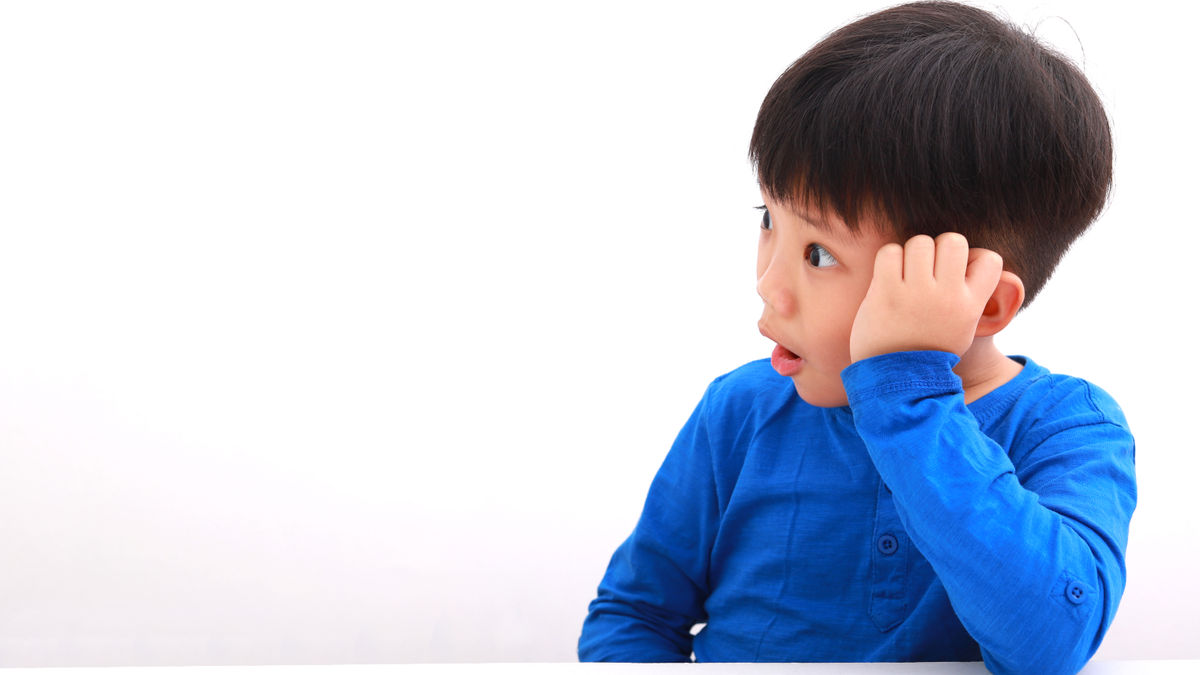Clinical
Why would we measure axial length for an hyperopic child?

Sponsored by
In this article:
In our Facebook community, WDJ opened a discussion about management for a moderate hyperope child with surprisingly high axial length. Would you typically measure axial length (AXL) in a child with myopic parents, and what would you do with the data? Here are the case details.
Importance of axial length measurement
Research indicates that children who are 6 years old with less than +0.75 D of hyperopia are at increased risk for developing myopia.1 Hence, can we conclude that the child is "safe" from myopia?
Refractive error is the summation of predominantly three refractive components of the eye, which are: axial length, crystalline lens power and corneal curvature. Having measured the child's axial length, we find that the results are at a much longer length than expected. For comparison, Chinese children's average axial length in emmetropia was measured at 22.93mm-23.43mmm, depending on age.2 The axial length here of 24.2mm for an 8-year-old would typically represent myopic refractive error in most other cases. As this child does not have a myopic refractive error, one would presume that this long axial length is due to flat corneal curvature, which could be confirmed with keratometry or corneal topography measurement.
How to manage this patient
So, how would you manage this child? The commenters have varied stances.
Firstly, should the refractive error to be corrected? According to the review article To prescribe or not to prescribe? Guidelines for spectacle prescribing in infants and children? (Table 2), children who are at least +1.50D hyperopic in the school years without symptoms are recommended to be prescribed "A full or near full correction may be given at this age, as emmetropisation has essentially ended". The article also states that hyperopia ranging from 1.00D to less than 2.00D may impact visual function and functional vision in school aged children.3
Next, as the child has a longer eyeball than the norm, his axial length needs to be monitored regularly. SDF suggests prescribing low-dose atropine if elongates more than 0.2mm per year. Should atropine be administered to a child without a myopic refractive error to slow axial growth? This would depend on informed consent and the level of concern as axial growth approached 26mm, which is a known delineator for increased risk of eye disease and vision impairment. It has been shown that axial length is the stronger predictor of future vision impairment than refractive error.4
It could be argued that with this level of hyperopia, the child is not a pre-myope. In a similar such case with lower hyperopia, check out the article Pre-Myopia And Young Age: Topical Atropine Or Not? for more information on management options.
Take home messages:
- Refractive error alone cannot determine whether a child is at risk for future eye disease, as this is more closely linked to their axial length.
- If possible, measure the axial length in all children, especially those with risk factors associated with myopia.
Further reading
Meet the Authors:
About Connie Gan
Connie is a clinical optometrist from Kedah, Malaysia, who provides comprehensive vision care for children and runs the myopia management service in her clinical practice.
Read Connie's work in many of the case studies published on MyopiaProfile.com. Connie also manages our Myopia Profile and My Kids Vision Instagram and My Kids Vision Facebook platforms.
About Kimberley Ngu
Kimberley is a clinical optometrist from Perth, Australia, with experience in patient education programs, having practiced in both Australia and Singapore.
Read Kimberley's work in many of the case studies published on MyopiaProfile.com. Kimberley also manages our Myopia Profile and My Kids Vision Instagram and My Kids Vision Facebook platforms.
This content is brought to you thanks to unrestricted educational grant from
References
- McCullough S, Adamson G, Breslin KMM, McClelland JF, Doyle L, Saunders KJ. Six year refractive change among white children and young adults: evidence for significant increase in myopia among white UK children. PLoS ONE 11, e0146332 (2016) (link) [Link to Myopia Profile Science Summary]
- He X, Sankaridurg P, Naduvilath T, Wang J, Xiong S, Weng R, Du L, Chen J, Zou H, Xu X. Normative data and percentile curves for axial length and axial length/corneal curvature in Chinese children and adolescents aged 4-18 years. British Journal of Ophthalmology. 2021 Sep 16. (link)
- Leat SJ. To prescribe or not to prescribe? Guidelines for spectacle prescribing in infants and children. Clin Exp Optom. 2011 Nov;94(6):514-27. (link)
- Tideman JW, Snabel MC, Tedja MS, van Rijn GA, Wong KT, Kuijpers RW, Vingerling JR, Hofman A, Buitendijk GH, Keunen JE, Boon CJ, Geerards AJ, Luyten GP, Verhoeven VJ, Klaver CC. Association of Axial Length With Risk of Uncorrectable Visual Impairment for Europeans With Myopia. JAMA Ophthalmol. 2016 Dec 1;134(12):1355-1363. (link) [Link to Myopia Profile Science Review]
Enormous thanks to our visionary sponsors
Myopia Profile’s growth into a world leading platform has been made possible through the support of our visionary sponsors, who share our mission to improve children’s vision care worldwide. Click on their logos to learn about how these companies are innovating and developing resources with us to support you in managing your patients with myopia.











